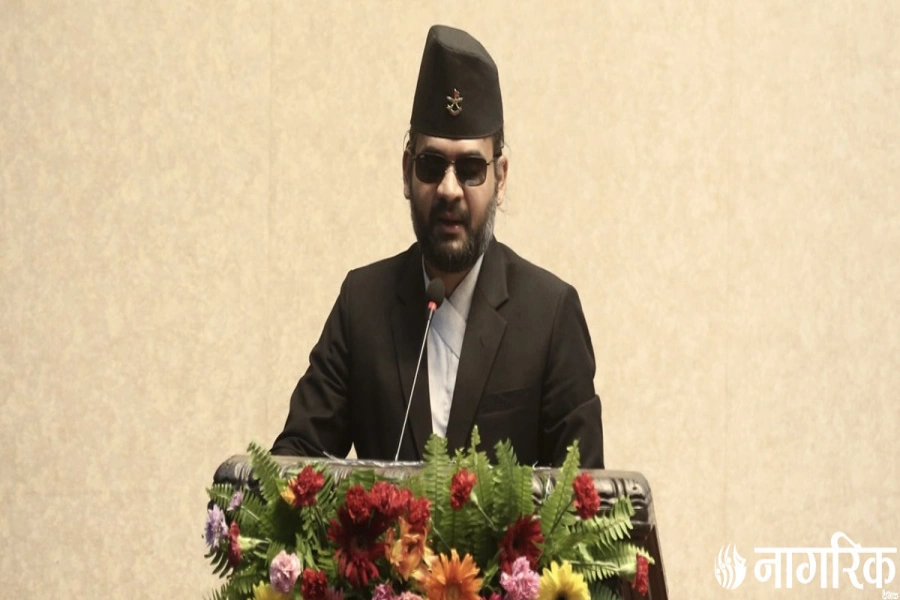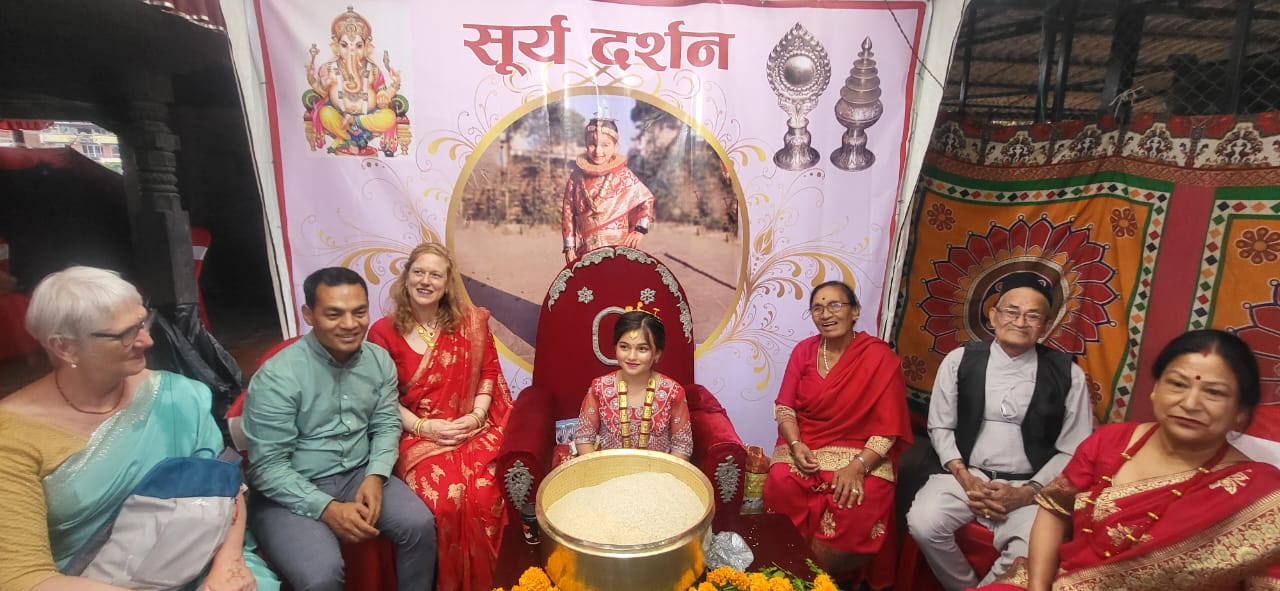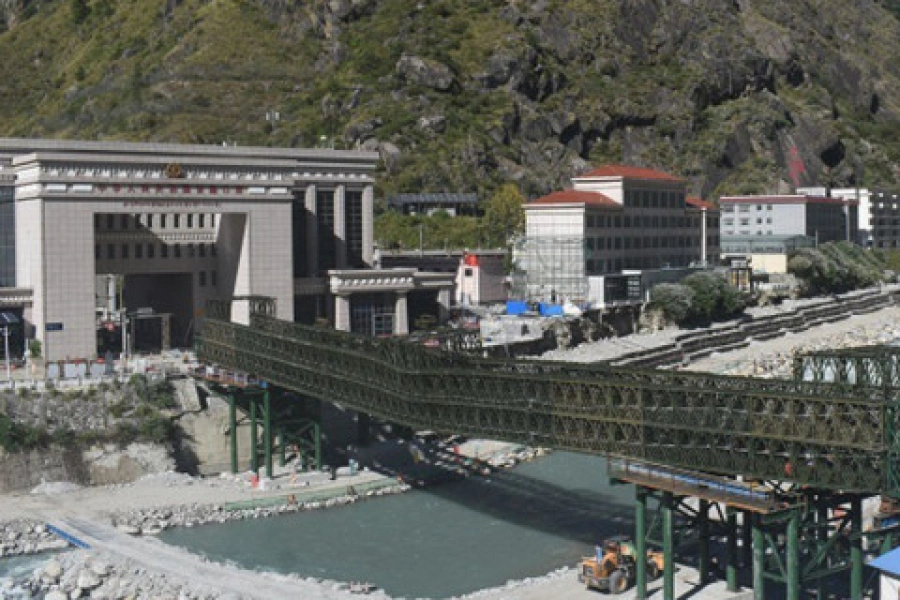The oldest pottery ever made can be found in Lumbini and is over 2,600 years old. This goes to show that pottery making has long been a tradition in Nepal where there was once a system that had certain families specializing in certain tasks, be it woodwork, artwork, business to name a few. Pottery making is also something that has continued throughout the years as people took it up to carry on their family legacy. But the interest to do so is definitely waning as of now and pottery makers are also struggling to keep up with the changing times.
Shrijan Prajapati belongs to a family of pottery makers. He says everyone in his family was involved in pottery making, in all stages of it. He remembers crafting pots out of clay even before he learnt the alphabets. Apparently, it has been a long held tradition and Prajapati’s family has no intention whatsoever of breaking away from it. In Nepal, Prajapatis of Thimi in Bhaktapur have been involved in pottery making for generations now.
However, while they only used to make pots and a few utility items before, now they have a whole inventory of different ceramic products. They make glazed cups and plates, masks of the Buddha, wind chimes and many other knickknacks. Prajapati clarifies that this is to cater to the changing needs of the buyers and the tourists who flock his doorsteps every day. Pottery now isn’t the pottery it used to be in the past.
“These days it isn’t the go-to cutlery anymore. Many people buy ceramic items as decorative pieces rather than a utility necessity and families of makers have had to adjust to this change in preferences,” he says adding that though they are many pottery classes in Kathmandu it’s often only tourists who seem to sign up for them. “Nepali youths aren’t interested in the art form anymore,” he says.
Ties of tradition

Prajapati, who runs pottery workshops at Pottery Square in Bhaktapur, says that pottery might be a dying art but he believes it’s the responsibility of those who still practice it to make sure that the tradition doesn’t get completely wiped out. He laments that the youth is more inclined towards urban lifestyle and pottery just doesn’t fit in that but that doesn’t change the fact that he is going to do his bit to ensure it doesn’t fade away. The pottery workshops that he conducts are his attempts to do just that.
And there are others like Prajapati who have taken it upon themselves to see to it that the craft is preserved. There’s an octogenarian who has been making a living from pottery for 73 years now. The frail looking man, who timidly said his name is Mahesh, sat in a dimly lit room caked with mud while his deft fingers molded the edges of a clay pot as a final touch. Mahesh apparently made the first pot of his life at the age of five when accelerators that are used in pottery now were unheard of and he had to manually rotate a dial as large as the wheel of a chariot to craft a single pot.
Though he works away with a smile on his face, he confesses the fact that he may well be the very last of his name to shoulder the family tradition bothers him a lot and makes him sad. However, that doesn’t deter him from doing his work. If anything, the man is intent to keep at it for as long as he can. Who knows, someone might just be inspired to take it up after him, he says.
Lalita Shrestha of Ceramics Creation explains that pottery is hard work. “There is actually more work than what meets the eye. Molding wet clay, and then shaping, drying, and roasting it for four days involve a lot resources and materials. People want it easy these day and you can’t really blame them either but one has to understand that real pottery is precious and takes a lot of effort,” she says.
Add to all this hard work, the scarcity of the raw materials makes matters worse for the craftsmen. With settlements everywhere in the valley, good soil is hard to get hold of. Pottery makers have had to depend on places like Kirtipur or Harisiddhi for soil. And gone are the days when soil was a free commodity. Its lack of availability has only been met by an increase in demands as a result of which the price of the basic raw material itself is sky high these days. One trip of soil can cost anywhere between Rs 25,000 to 30,000.
And that is the case for basic pottery. Glazed ceramics, on the other hand, require a special kind of soil that was once found in Kathmandu in prolific quantities. Now there is an acute shortage of it and apparently only Dang has the type of soil that agrees with glazed ceramics and having to get it all the way from there is a huge hassle besides causing added financial burden to the makers.
“This is menial work and dignity of labor has never been our national ideal which further complicates things,” says Sunil Prajapati of Ceramics Creation. “Too many families have given up on this generations held tradition but those of us who choose to continue with it can’t really hold anything against them either. With leaps in education and technology, people want better lives, not mud strewn lives that take a lot of toil but have lesser financial returns,” he says adding that the current lot of pottery makers need to keep in mind the wants of the urban population and make items accordingly to give continuity to the craft.
The pottery makers this scribe spoke to truly believed that the possibility of pottery becoming a lost art seems to be on the horizon. The unanimous opinion was that with lesser resources available and very few people, especially youngsters, involved in it, the age-old tradition might just die a natural death. And while, on one hand, they seem to have largely come to terms with it despite the thought of it making them extremely sad, on the other hand they are trying to come up with more items than just regular pots and plates in hopes of giving their profession a new lease of life.
rakshya.khd@gmail.com







































